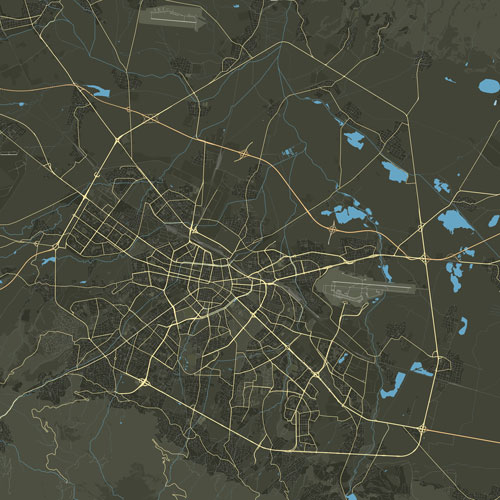Filipovtsi, situated to the west of the Lyulin residential complex in Sofia, is a district that carries a rich history and a unique character within the city. Before becoming part of Sofia in 1971, Filipovtsi stood as an independent village, contributing to the city’s diverse tapestry.
This district exhibits a distinctive architectural landscape, primarily characterized by low-rise buildings. It is conditionally divided into two parts: the gypsy part, known as Filipovtsi village, and the Bulgarian part, referred to as Filipovtsi quarter. The gypsy part, with a population of 4659 as of September 2017, holds a unique cultural identity, while the Bulgarian part, with 2,028 people as of September 2020, adds to the neighborhood’s diversity.
Transportation in Filipovtsi is facilitated by two bus lines: numbers 42 and 81. The neighborhood is also home to two schools, namely 103 “Vasil Levski” Primary School in the Roma part and 77 “St. St. Cyril and Methodius” in the Bulgarian part. Key roads such as 3rd March Street and Suhodolski Path Street contribute to the connectivity of the area.
In addition to essential services like shops, kindergartens, and polyclinics, Filipovtsi boasts cultural and religious landmarks. The neighborhood features shops, a pastry shop, a bakery, restaurants, and a pizzeria. It houses a Christian evangelical church in the Roma part and an Orthodox church in the Bulgarian part.
Historically, Filipovtsi has intriguing roots, with archaeological discoveries revealing remnants of a large Roman suburban villa in the vicinity of Sofia. This villa, complete with mosaics and sculptures, signifies the historical significance of the area. During Ottoman rule, the residents of Filipovtsi had a unique position, primarily engaged in breeding hunting falcons. This specialization garnered favor from Sultan Mejit Khana, providing a level of protection and favor from the Ottoman authorities.
The gypsy hamlet in Filipovtsi emerged in the late 1950s when a part of the Roma population from the Sofia neighborhood “Konnyovitsa” was resettled there. This relocation was prompted by a visit from Soviet dictator Nikita Khrushchev, who, witnessing the conditions in Konnyovitsa, influenced the decision to move the residents to Filipovtsi.
In terms of geographical location, Filipovtsi is positioned 8.7 km southwest of the center of Sofia, nestled within the Lyulin district of the Sofia-city municipality. The district carries the postal code 1390 and operates within the administrative framework of Lyulin. With its historical depth and contemporary vibrancy, Filipovtsi remains an integral part of Sofia’s diverse neighborhoods.

